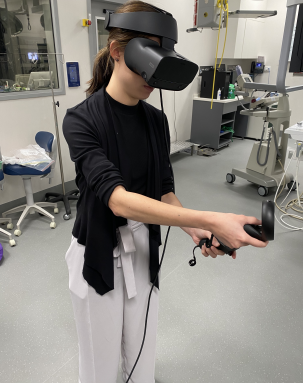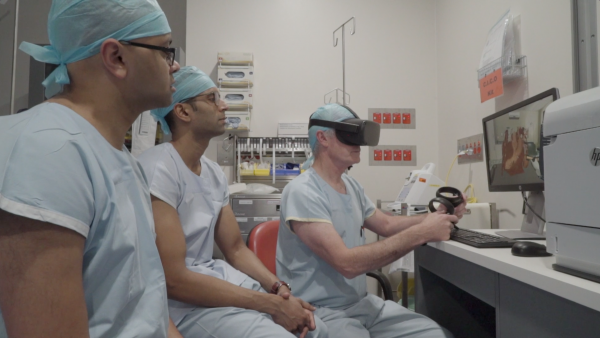Emerging Australian medical virtual reality company Vantari VR says its new technology could save the health system time, resources, and patient lives.
The Quality in Australian Health Care Study found a high rate of clinical error with many people at risk of mortality each year as a result of preventable medical error.

The company's ‘flight-simulator-style' technology delivers medical training via a virtual reality headset and laptop, allowing clinicians to perform and perfect clinical procedures.
The company said the modules cover 90 per cent of the procedures doctors need to know as part of their core training. Users learn best practice by following steps in virtual reality that are recommended by college guidelines.
Vantari VR said its own forecasts indicate its technology could help reduce this risk and fast-track clinician training. Currently, it is being used in four tertiary hospitals across Australia.
According to Dr Robert Swart, anaesthetic consultant and innovation lead at Fiona Stanley Hospital, “The ability to practise and learn life-saving procedures in virtual reality before having to perform these procedures on real patients is of great benefit. The cost of medical education in terms of infrastructure, equipment and educator/student time is significant.
“With virtual reality you can provide the education in almost any area e.g. a small office space where one can load multiple different educational scenarios instantaneously without the need for equipment, mannequins etc and the learner can do self-directed education.”
Dr Swart said there is a growing body of evidence, internationally and locally, that shows the educational benefits of virtual reality. “We have so far educated over 20 registrars in performing chest drain insertions, which can be a life-saving procedure. This has been well received.”
Dr Jakes Jacobson, upper GI anaesthesia fellow at Fiona Stanley Hospital recently completed his first chest-drain procedure using Vantari VR technology and then within weeks he was required to do the same procedure on a patient after-hours.
“My training with the Vantari VR chest-drain insertion simulation meant I was well prepared to perform the procedure on a patient. I could visualise the necessary anatomy, preparation, equipment, tasks and post-procedure care. This meant I could give more attention to the actual performance of the potentially daunting procedure - in which I have relatively limited experience - and not be cognitively overloaded by executive planning tasks.”
